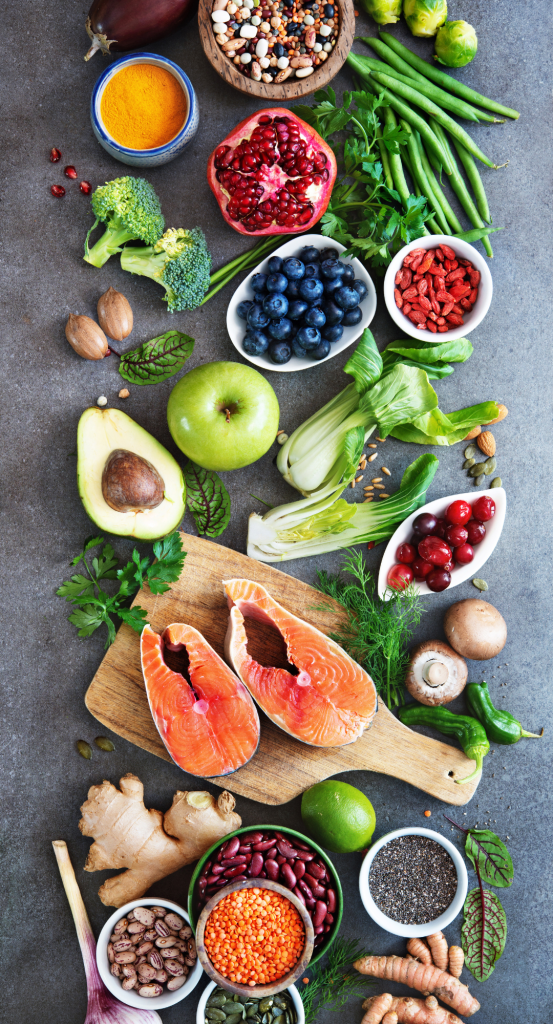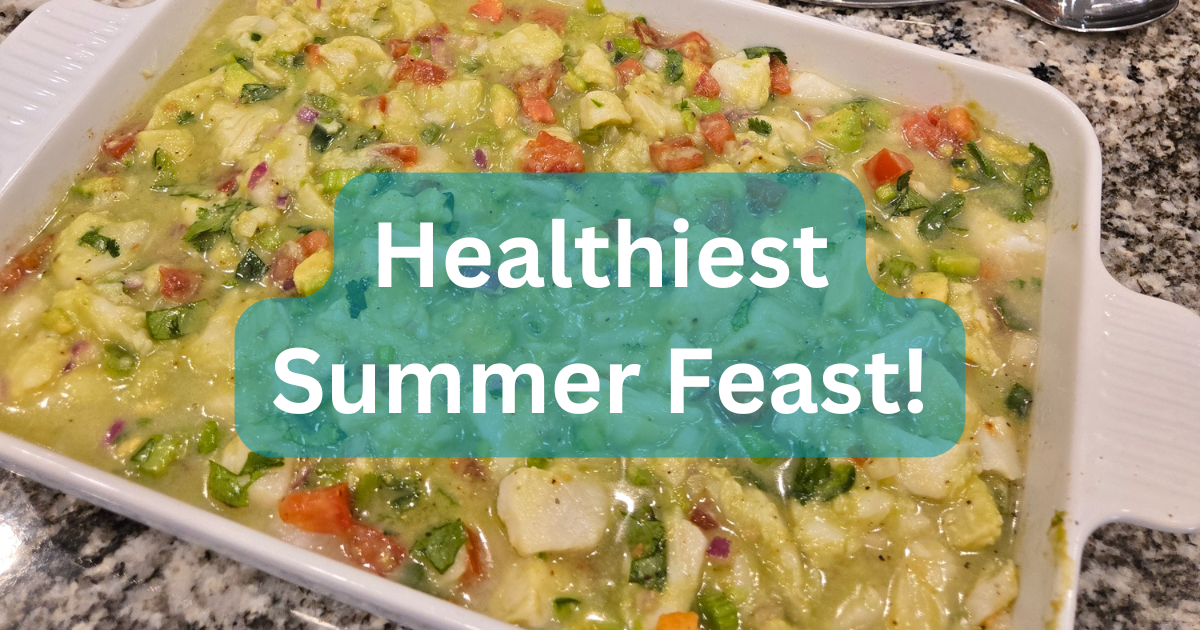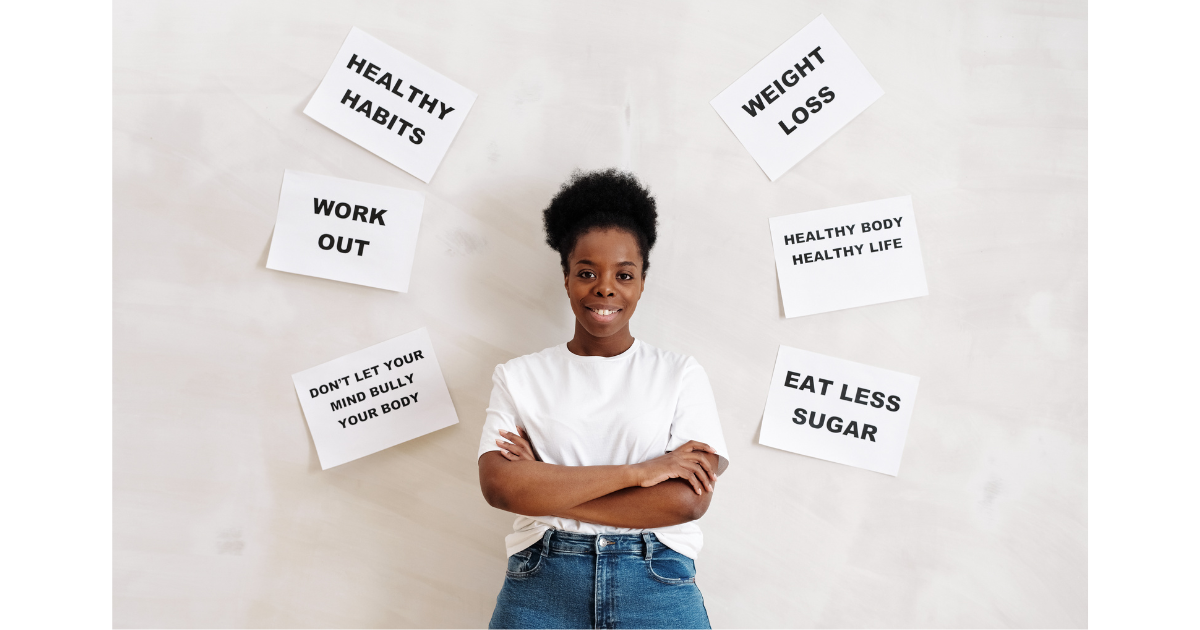“Chronic diseases are responsible for 7 out of 10 deaths yearly.”
-The CDC
We have to stop taking our health for granted.
I used to eat cookies at least twice a week; today, I may have one or two a year. I didn’t stop eating cookies because of my looks and weight; it was because I felt like my body was crashing and letting me down. A few years and research later, I understood what “partially hydrogenated” meant and how these trans fats, not only cookies, affected my body.
What are trans fats?
There are two types, naturally occurring and artificially made. The naturally-occurring trans fats can be found in trace amounts in some animal products; these have a different structure and are safe to consume. But artificially created trans fats have been chemically altered by adding toxic metallic solvents and exposed to extremely high temperatures to make them solid. They’re called “partially hydrogenated trans fats.”

Are they bad for your body?
Our body doesn’t recognize chemically altered food. In this case, it can take up to 51 days to break trans fats down (use them as energy); by then, they’ll have done much damage. They make our blood thicker and “stickier,” raising LDL cholesterol and causing heart attacks and strokes.
Trans fats increase the risk of type 2 diabetes by 40% and promote the creation of visceral fat, causing a 75% increase in hyperinsulinemia.
Visceral fat disrupts hormonal activity leading to chronic inflammation, depression, gut dysregulation, autoimmune diseases, cognitive decline, higher risk of certain cancers, infertility in both men and women, and particularly ovarian cancer in women, to name a few.
Are trans fats addictive?
Yes. Processed foods containing trans fats are hyper-palatable and tend to be consumed excessively. They are directly linked with feeling depressed, creating a cycle of addictive behaviors; after multiple studies, experts note that “trans fat addiction is a diagnosable condition.”
It’s not entirely your fault; the combination of ingredients in processed foods makes them hard to put down, and they don’t provide any nutritional value, leaving us feeling hungry and craving more.

Why do they exist, and why are they still here?
The process to create artificial trans fats was patented in 1902; food could stay on shelves and pantries for a long time. The first product with artificial trans fats was Shortening in 1911, followed by many baked goods. Between 1980 & 1994, research showed trans fats were leading to cardiovascular diseases, among others, and causing 30,000+ deaths yearly in the USA.
The FDA stated they were no longer “generally recognized as safe (GRAS),” and in 2015, They were added to nutritional labels. In 2018 partially hydrogenated trans fats were “banned” except for half-gram of trans fats or less per serving, which can be excluded from the label as 0g of trans fat. Foods like potato chips may have 0.5g of trans fat per serving, but it says 0g on the label. Quantities of these add up in our bodies pretty fast.
Trans fats are easy to use, cheaper to produce, and last long; they enhance the flavors in processed foods and keep people coming back for more.
Where do we find them?
Fast-food chains will have these trans fats in most of their meals—packaged foods in the middle aisles, baked goods, and the frozen section at grocery stores.
Some examples are:
- Frozen foods (pizzas, burritos, french fries, egg rolls, patties…)
- Deep-fried and battered foods
- Hard margarine and shortening
- Baked goods (cookies, donuts, cakes & cake mixes, pies….)
- Toaster foods (waffles, pancakes)
- Microwavable food
- Packaged snacks
- Frosting and dressings
- Coffee creamers
Look out for “healthier choices,” like granola bars, granola butter, energy bars, “healthy” breakfast cereals, nut butter, oatmeal, non-fried chips, etc. Always read the ingredient list.

How much trans fats can you eat?
Depending on each person, even a small portion can be harmful. If you indulge in processed foods, try to return to your healthy habits as quickly as possible since they get in the way of a healthy lifestyle.
Whenever you grab packaged foods, make it a habit to read the nutritional label and the ingredient list; if you read 0g of trans fat, double-check with the ingredient list and avoid all foods with “hydrogenated,” “partially hydrogenated oils,” and “shortening.”
Healthier alternatives
Food companies have tried using high quantities of saturated fat instead as an alternative; this excess also increases your risk for diseases. So, eliminate processed foods as much as possible.
- Switch to a whole-food diet.
- Eat home-cooked meals, and do weekly meal prep as much as you’re allowed.
- Add more veggies and high-quality protein to your meals.
- For satiety, eat fats like avocado, extra virgin olive oil, coconut oil, etc.
- Check online or call restaurants to know if they use trans fats in their food before you go.
- Avoid deep-fried foods, even if they are being sold as “healthy.”
- Always check the ingredient lists and nutritional labels.

The gist of it all
Unfortunately, we can’t trust food corporations to look out for our health; prioritize yourself before putting your health in someone else’s hands. Even if the processed food you grabbed at the grocery store has no trans fats, your body will eventually pay a toll from consuming these regularly.
Processed foods with artificial trans fats are not safe to consume, and eating them now and then can be difficult because of their addictive qualities. If you indulge, return to your healthy lifestyle as quickly as possible, and enjoy foods that make you feel alive and well. Remember, our gut communicates with our entire body, including our brain; let’s take better care of our health and be conscious of what we put inside our bodies.
FAQs
What are trans fats?
It’s a type of unsaturated fat that can occur naturally in some animal products, or they can be artificially produced through a process called hydrogenation, which transforms vegetable oils into a solid form: “partially hydrogenated” oil (PHO).
Why do artificial trans fats exist?
These foods were created to make food hyper-palatable (addictive) and to be able to sit on shelves for a long time.
Why are trans fats bad?
They raise LDL cholesterol increasing the risk for multiple diseases. The World Health Organization states, “They increase the risk of death from any cause by 34%, coronary heart disease deaths by 28%, and coronary heart disease by 21%.” And they have zero benefits.
How does your body react to trans fats?
Artificially altered trans fats are unrecognizable to our bodies and cannot break them down, which causes a domino effect of harmful inflammation throughout the body.
How are trans fats different from saturated fats?
When a healthy individual consumes saturated fats in moderation and from a whole food diet, our body can easily break them down and use them for energy. Artificial trans fats are harmful from the start, in any amount, for healthy and not-so-healthy individuals.
What foods have trans fats, and how can you tell?
Avoid processed foods as much as you can, like packaged products in the middle of the aisles in a grocery store. Read labels and ingredients and look for “hydrogenated,” “partially hydrogenated oils,” and “shortening.”
How to avoid trans fats?
Cook home-cooked meals and eat a whole-food diet as much as you can. Add more high-quality protein and healthy fats to your diet for satiety.
Be aware of these hydrogenated oils when shopping or visiting restaurants, and avoid deep-fried food.
What to do after removing processed foods from your diet?
Enjoy nutritious foods and introduce electrolytes into your daily life.
References
https://www.ncbi.nlm.nih.gov/pmc/articles/PMC8452362/
https://n.neurology.org/content/99/10/e1056
https://www.ncbi.nlm.nih.gov/pmc/articles/PMC8535577/
https://www.sciencedirect.com/science/article/abs/pii/S0261561421000297
https://www.sciencedirect.com/science/article/abs/pii/S0924224419309902
https://www.pnas.org/doi/10.1073/pnas.1809046116
https://www.who.int/news-room/questions-and-answers/item/nutrition-trans-fat



